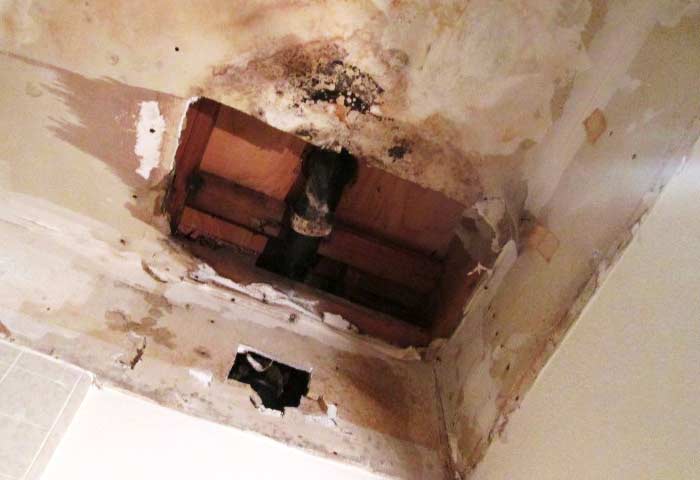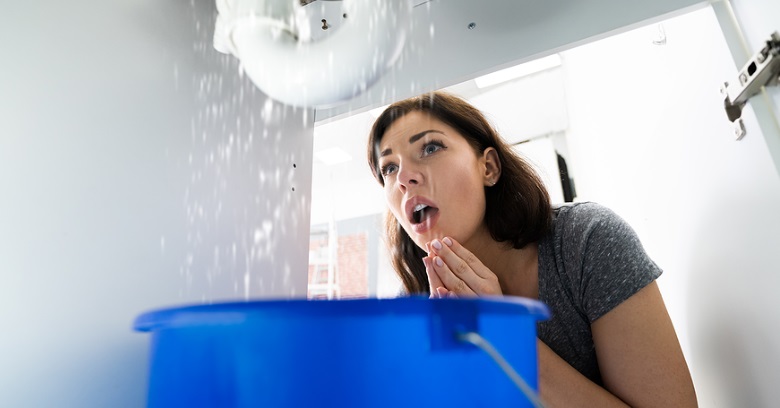From Detection to Correction: A Fast Approach to Handling Burst Pipes
From Detection to Correction: A Fast Approach to Handling Burst Pipes
Blog Article
Presented here below you can get a good deal of worthwhile expertise around What to Know Before Installing a Dishwasher.

A ruptured pipeline is a significant emergency; you can only stand as you watch water you pay dearly to reunite with the earth. In worse cases, you discover a pool on your kitchen area floor, which is a terrific trip risk, particularly if you have children around. If the pipe that burst was in your wall surfaces, trouble: you might need to repaint that whole section.
Exactly how can a catastrophe like a burst pipe be avoided as well as managed? Well, by listening to your expert emergency plumbings and following these guidelines.
Just how do I recognize when my pipelines have ruptured?
Rising and fall water stress
Pipelines do not simply burst in a day. You might have observed that your cooking area faucet or shower doesn't run instantly when you turn the tap. It might stop for a couple of secs and after that blast you with even more pressure than normal.
In other instances, the water may seem normal at first, after that decrease in stress after a few seconds.
Wet walls and water stains
Prior to a pipeline ruptureds, it will certainly leakage, a lot of times. If this relentless dripping goes undetected, the leakage may graduate into a wide wound in your pipeline. One very easy method to avoid this emergency is to look out for wet wall surfaces ad water stains. These water stains will certainly lead you right to the leakage.
Puddles under pipelines as well as sinks
When a pipe ruptureds, the discharge develops a puddle. It may show up that the puddle is growing in dimension, and also regardless of the number of times you mop the pool, in a couple of minutes, there's another one waiting to be cleaned. Usually, you might not be able to trace the pool to any type of visible pipes. This is an indicator to call an expert plumber.
Untraceable dripping sounds
Pipeline bursts can happen in one of the most unpleasant places, like within concrete, inside wall surfaces, or under sinks. When your home goes silent, you might have the ability to hear an aggravatingly relentless trickling sound. Even after you have actually inspected your shower head and cooking area tap, the dripping might continue.
Beloved visitor, the dripping might be originating from a pipeline inside your walls. There isn't much you can do concerning that, except tell a specialist plumber.
Shut off the Water
When water ices up, it expands in quantity by regarding 9 percent. And it broadens with tremendous force: The stress inside pipes may go from 40 extra pounds per square inch to 40,000 psi! No pipeline can hold that much pressure, so it bursts. The break may take place where the ice forms, yet more often, it takes place where water pressure discovers a weak spot in the pipe. That may be inches or even feet from the frozen location. Discover the water shutoff valve and also shut off the water to stop more damages. You might additionally need to shut off the electrical energy as well, relying on where the leakages happens and also how huge it is.
Contaminated water
Lots of people think a burst pipeline is a one-way outlet. Rather the contrary. As water drains of the hole or gouge in your plumbing system, pollutants locate their way in.
Your water may be infected from the source, so if you can, inspect if your water container has any issues. Nonetheless, if your drinking water is provided and also purified by the local government, you need to call your plumber instantly if you see or scent anything amusing in your water.
What do I do when I find a burst pipeline?
Your water meter will continue to run also while your water wastes. To reduce your losses, locate the major controls and turn the supply off. The water pipe are an above-ground framework at the edge of your home.
How to Fix & Detect a Leaking Pipe
How Do I Know if a Pipe is Leaking?
Leak detection tests can help you determine if your pipe has a leak. Even if you don’t see an apparent leak, you should still conduct leak detection tests regularly to save water and money—and prevent major damage to your home.
Water meter. It can be helpful to figure out what your usual water meter usage numbers are and then monitor them regularly. To monitor your meter, first, turn off all water faucets in your home. Check the meter and write down the numbers. In a few hours, check the meter again. If the numbers have changed, you have a leak. Water gauge. Use a water gauge to test your water pressure. Your showerhead should produce a certain amount of water pressure based on its model and design. If the pressure is lower than it is supposed to be for that specific showerhead, your home likely has a leak. Puddles. Look inside your bathroom, laundry, and kitchen sink cabinets. Puddles around the cabinets or around toilets, tubs, showers, and washing machines indicate the presence of a leaking pipe. You may also notice loose tiles, peeling or flaking paint, or mold caused by water accumulation. Napkin test. Even if you don’t see any puddles, you may still have a leak. You can test for water leaks in the bathroom, laundry, and kitchen by wiping below-sink connections with a napkin, paper towel, or piece of toilet paper. If it becomes damp, you probably have a leaking pipe under the sink. Discolored walls. Walls that are discolored—usually with brown or yellow stains—or bulging might mean that they have been impacted by water damage caused by a leaking pipe. Smell. A leaky pipe will create sitting water, and over time, that water may develop a musty smell. If your home smells musty, but you can’t locate the source, it may be due to a leak. Steps for Fixing a Leaking Pipe
A leaky drain can be remedied by tightening the pipe base, replacing the drain seal, caulking the rim, and tightening the pipe nut. Similarly, a leaking toilet pipe can be treated by tightening the packing nut. You may also need to replace the valve. A leaky faucet may just need tightening or replacement of the washers. If that doesn’t work, consider replacing your faucet. If your pipe has a hole in it, you may want to use a pipe leak sealer or pipe leak tape. This quick fix for water pipe leaks can also temporarily fix a copper pipe leak. https://www.ahs.com/home-matters/quick-tips/how-to-tell-if-pipes-are-leaking/

Do you really like more info about What to Know Before Installing a Dishwasher? Give a remark down below. We would be delighted to see your opinions about this blog entry. Hoping to see you back again before long. Kindly take a moment to distribute this post if you enjoyed reading it. Many thanks for going through it.
Detail
Report this page